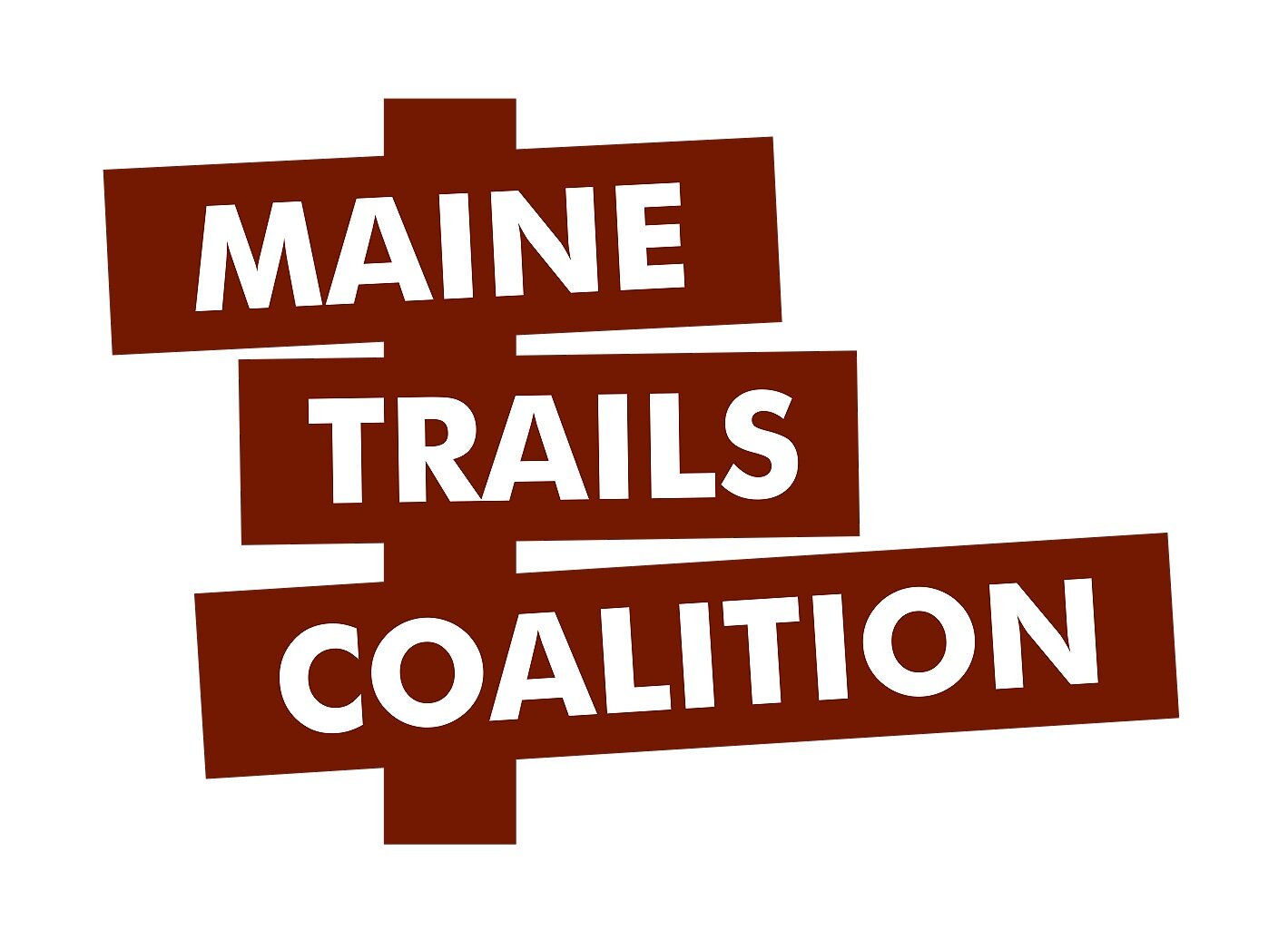
Maine Active Transportation Arterials
Maine Active
Transportation Arterials
A Vision to Connect all of Maine’s 25 largest municipalities and over 2/3rds of Maine’s population. Seven existing trail networks/bikeways together present a ready-made arterial network. This vision highlights 67 project segments of which 21 are completed or in process, and 28 are prioritized for completion over the next several years. These projects connect with, extend, and regionalize existing multi-use trail infrastructure.
Preliminary Release - May 2022
Greater Portland
Active Transportation Arterials
Part of a statewide vision connecting all of Maine’s 25 largest municipalities and over 2/3rds of Maine’s population
Preliminary release- June 2022
FAQs
-
A: There are four kinds of rail trails:
Trail within the rail corridor AKA “Rail With Trail”
Trail located adjacent to the right of way AKA “Rail With Trail”
Trails within or adjacent to public transportation corridor AKA “Rail With Trail”
“Rail to Trail” with “Trail Conversions” AKA “Trail Until Rail”
-
A: Besides the health, transportation, and community benefits, trails bring in tourists and tourists bring economic benefits to the towns the trails pass through. See our Trail Benefits page for more detailed information.
Examples of other long distance trails:
A multi-use trail in Quebec - le P’tit Train du Nord is 122 mile long and passes through small towns not unlike our many small towns Maine. The trail tourist office states that 1,000,000 people use the trail each year and they bring in $200M into the local economies.
The 62-mile Pine Creek Trail in Pennsylvania gets 200,000 visitors per year who add $5M into the local economies.
The Empire State Trail is a 750-mile bikeway arterial running East-West and North-South through the state of New York. It builds upon several existing trails, including the Erie Canalway Trail; and it traverses 27 New York counties, 130 municipalities, and 35 state parks. The launch of the Empire State Trail vision is described in some detail in a 2017 New York Times article. Like the Maine vision presented in this report, the New York vision involved “capitalizing on the popularity of the rails to trails movement” and connecting “a patchwork of existing multiuse trails” into a fully integrated trail network. The New York state legislature set aside $200 million in the 2018 budget alone to catapult forward this vision.
-
A: No. Most major rail corridors are federally protected in perpetuity (that’s forever!). If the tracks ever need to go back in for train service, they will. This process is known as “railbanking”. Railbanking has been responsible for preserving thousands of miles of rail corridors across the country. To date, more than 350 rail corridors (43 states plus D.C.) have been railbanked, with more than 160 trails open partially or fully on railbanked corridors.



